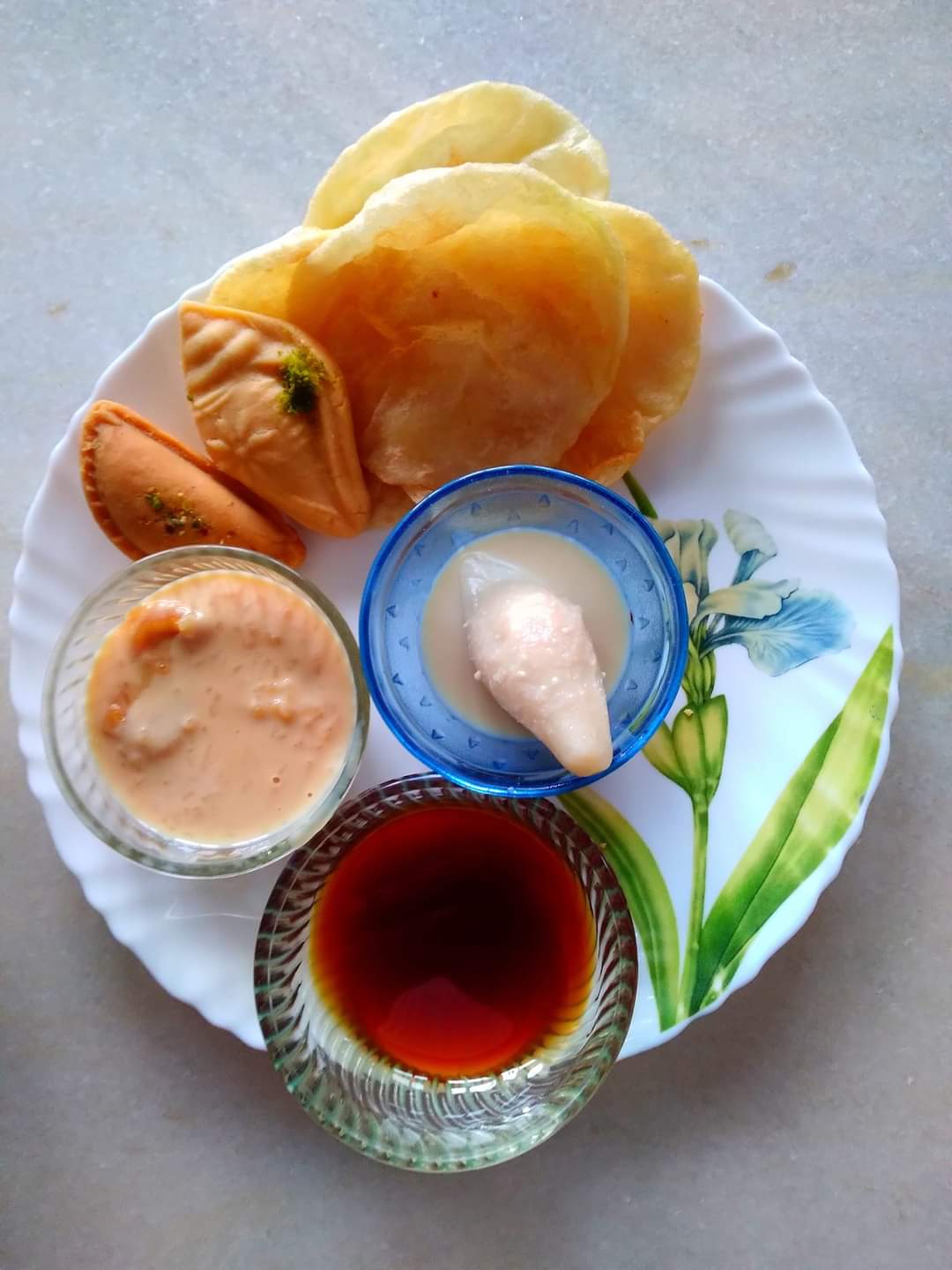One of the main festivals celebrated in Bengal, Makar Sankranti is more popularly called Poush Sankranti or Poush Parbon in this state.
Poush Sankranti in Bengal is an auspicious day when farmers start harvesting their crops.
Makara Sankranti marks the first day of the sun’s transit into Makara rashi (Capricorn), marking the end of the month with the winter solstice and the start of longer days. Many people go to sacred rivers or lakes and bathe in a ceremony of thanks to the sun.
The most common food for celebration is called pithe made from rice flower and the festival is also called pitheparbon.
There are several kinds of pithe. Each district has its traditional pithe and a variety of gur or jaggery is a compulsory accompaniment.
A few popular pithes are as follows
Puli pithe which is a dumpling made with covering of rice flour around decicated coconut and fried milk (kheer).
Gur pitha fried balls fermented rice batter flavored with jiggery and cocunt ash.
Chusi pitha ,long rice shaped pitha boiled in milk and jiggery
Chitui or Chiti pitha, Teler pitha, Vapa pitha mug-pakon, Dudher pitha ,Pathishapta are also extremely popular
Along with pithe, which may be both sweet and savoury, Payesh made of rice, milk and date palm jaggery is a winter dessert cooked and offered to the gods virtually in every household during Poush Sankranti.
We also celebrate Poush Sankranti with Nabanna which actually means “Naba” Anna” or New Rice grain. .In rural Bengal, the farmers’ families clean their households, draw alpana or rangoli with paste made of rice flower, hang small bunches of mango leaves and rice stalks welcoming Lakshmi. Lakshmi Puja is done with rice grains symbolizing the goddess of wealth.
In Bengal Nabanno (নবান্ন) festival was celebrated to ensure good crops and healthy livestock for the coming year. It is therefore a new crop celebration, as the name describes,.it is a time of joy as the smell of newly harvested crops rise into the air, and rice paste is used to decorate gardens and homes. The rite has a part to give respect to our real feeder – the earth and the farmers. This ritual leading up to eat first crop in a Rice preparation also called Nabanna made of rice , milk, jiggery and the seaon’s fruits that is still used today in ritual offering
Notes: Information sourced from the internet


